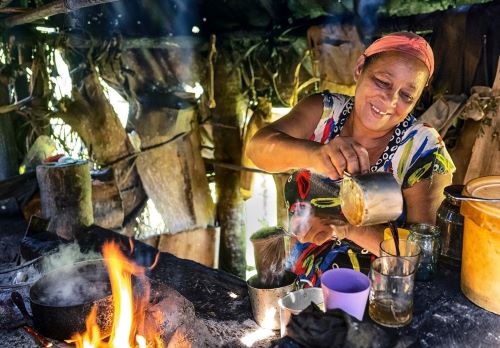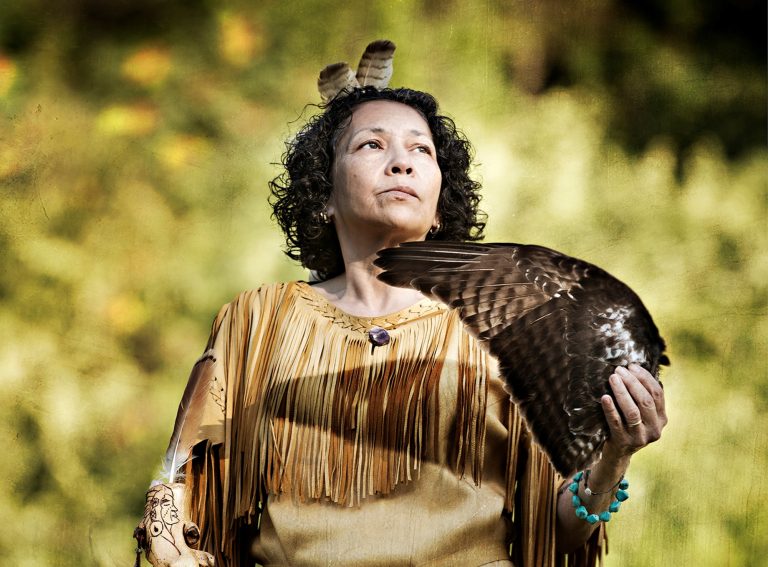A Q&A with Photographer Todd Shapera
Todd Shapera, a 2023 winner of the Larry Salley Photography Award, visited Viñales, Cuba in 2016 and was immediately captivated. Since then, he has visited the island eight times to explore back roads by bike or on foot with the goal of observing and documenting the lives of Cubans.
Shapera lives in Pocantico Hills and his work has appeared in The New York Times, The Financial Times, Globe and Mail and Professional Photographer. His work will be on display along with the work of nine other photographers in ArtsWestchester’s Lawrence Salley Photography Award exhibition through April 23.
ArtsNews caught up with him to discuss his travels, and how these trips influence his photography:
Q: Why do you keep returning to Cuba?
A: I return for the allure of the island’s stunning coastal and mountainous landscapes, and especially so I can continue meeting Cubans and exploring the appealing spirit of how they live their lives.
Q: How do you describe your project?
A: I traveled to Cuba for the first time in April 2016. With only a relatively short time to spend there, I wanted to try to know one place well rather than spending time traveling from place to place. I chose the mountain – the tobacco-growing region of Viñales, rented a bike, and cycled the glorious farm roads, with the goal of meeting and photographing farmers. Invariably, when they’d see me pull up next to their wire fences with a camera strapped on my shoulder, they’d wave for me to come into their fields. Photography helped to slow down and extend our conversations, which seemed to help me capture their relaxed expressions.
Since that first journey, I’ve returned to Cuba seven times, cycling or hiking mountain communities and seaside villages across the island. Each morning when I begin exploring, I try to capture stories about the lives of the Cubans I meet along the way. Over time, I’ve enjoyed more intimate connections, spending time in their homes, sharing meals, staying overnight in their farmhouses and, occasionally, keeping in touch long afterwards. Along the way, my photography has evolved to reflect this growing intimacy.
Q: If you Google “Cuba,” most of the photos that appear are of colonial architecture or 1950s automobiles. Why is that?
A: There is a fascination with a way of life from a long time ago that hasn’t moved forward. In small cities, you see parents cycling their kids to school on the front crossbar of their bikes. Farmers still till their fields with pairs of oxen yoked at the head. And horse-drawn carriages are as common on country roads as cars. Expensive for most Cubans, you generally need to go to public parks to get a Wi-Fi signal. Even in an AI world, Wi-Fi still isn’t very available outside of public parks, and there is something nostalgic and dreamy about the slower, less complicated life that in many aspects seems stuck in the past.
That said, there can be no mistake about the daily hardships that Cuban endure, especially with national shortages of food and, at times, rolling electricity blackouts. Basic food supplies are so limited that Cubans’ ration cards only allow each person five eggs a month, one bread roll a day, and paltry amounts of ice, milk and chicken.
Q: What insights do you hope exhibition visitors will gain from your work?
A: Through photography, I’m trying to convey the complex nature of daily Cuban lives – their dignity, toughness, resilience woven into their enviable warmth, and capacity for engagement and joy.
I hope, too, to be part of the conversation that raises larger questions about why, 64-years after Castro’s revolution and when the Cold War is long over, our country continues to impose the trade and travel policies that embargoes food and medicine, restricts travel, and make it nearly impossible for Cubans in the U.S. to send remittances to help their relatives on the island. The Cuban people deserve a more compassionate and humane policy. I hope my photos show that the Cuban people deserve more than empty shelves.
The Lawrence Salley Photography Award 2023 exhibition runs from April 8 through April 23 with a reception on April 22, 12-2pm at ArtsWestchester’s gallery at 31 Mamaroneck Ave., White Plains. The gallery’s hours are Tues-Fri & Sun: 12-5pm and Sat, 12-6pm.
Photo credit: Todd Shapera

About ArtsWestchester
For more than 50 years, ArtsWestchester has been the community’s connection to the arts. Founded in 1965, it is the largest, private, not-for-profit arts council in New York State. Its mission is to provide leadership, vision, and support, to ensure the availability, accessibility, and diversity of the arts. ArtsWestchester provides programs and services that enrich the lives of everyone in Westchester County. ArtsWestchester helps fund concerts, exhibitions and plays through grants; brings artists into schools and community centers; advocates for the arts; and builds audiences through diverse marketing initiatives. In 1998, ArtsWestchester purchased the nine-story neo-classical bank building at 31 Mamaroneck Avenue which has since been transformed into a multi-use resource for artists, cultural organizations, and the community. A two-story gallery is located on the first floor of ArtsWestchester’s historic building on Mamaroneck Avenue.
For more than 50 years, ArtsWestchester has been the community’s connection to the arts. Founded in 1965, it is the largest, private, not-for-profit arts council in New York State. Its mission is to provide leadership, vision, and support, to ensure the availability, accessibility, and diversity of the arts. ArtsWestchester provides programs and services that enrich the lives of everyone in Westchester County. ArtsWestchester helps fund concerts, exhibitions and plays through grants; brings artists into schools and community centers; advocates for the arts; and builds audiences through diverse marketing initiatives. In 1998, ArtsWestchester purchased the nine-story neo-classical bank building at 31 Mamaroneck Avenue which has since been transformed into a multi-use resource for artists, cultural organizations, and the community. A two-story gallery is located on the first floor of ArtsWestchester’s historic building on Mamaroneck Avenue.





